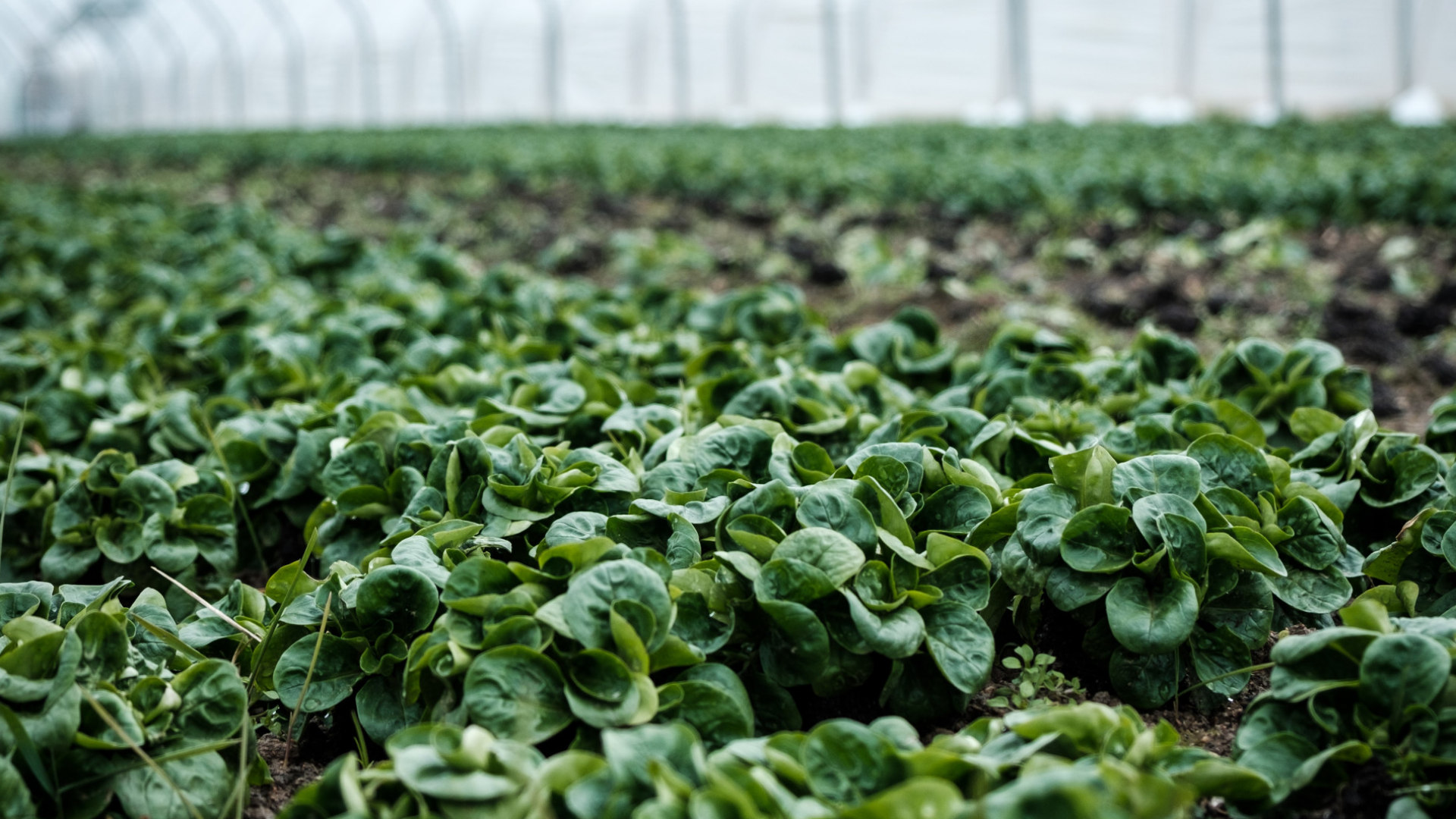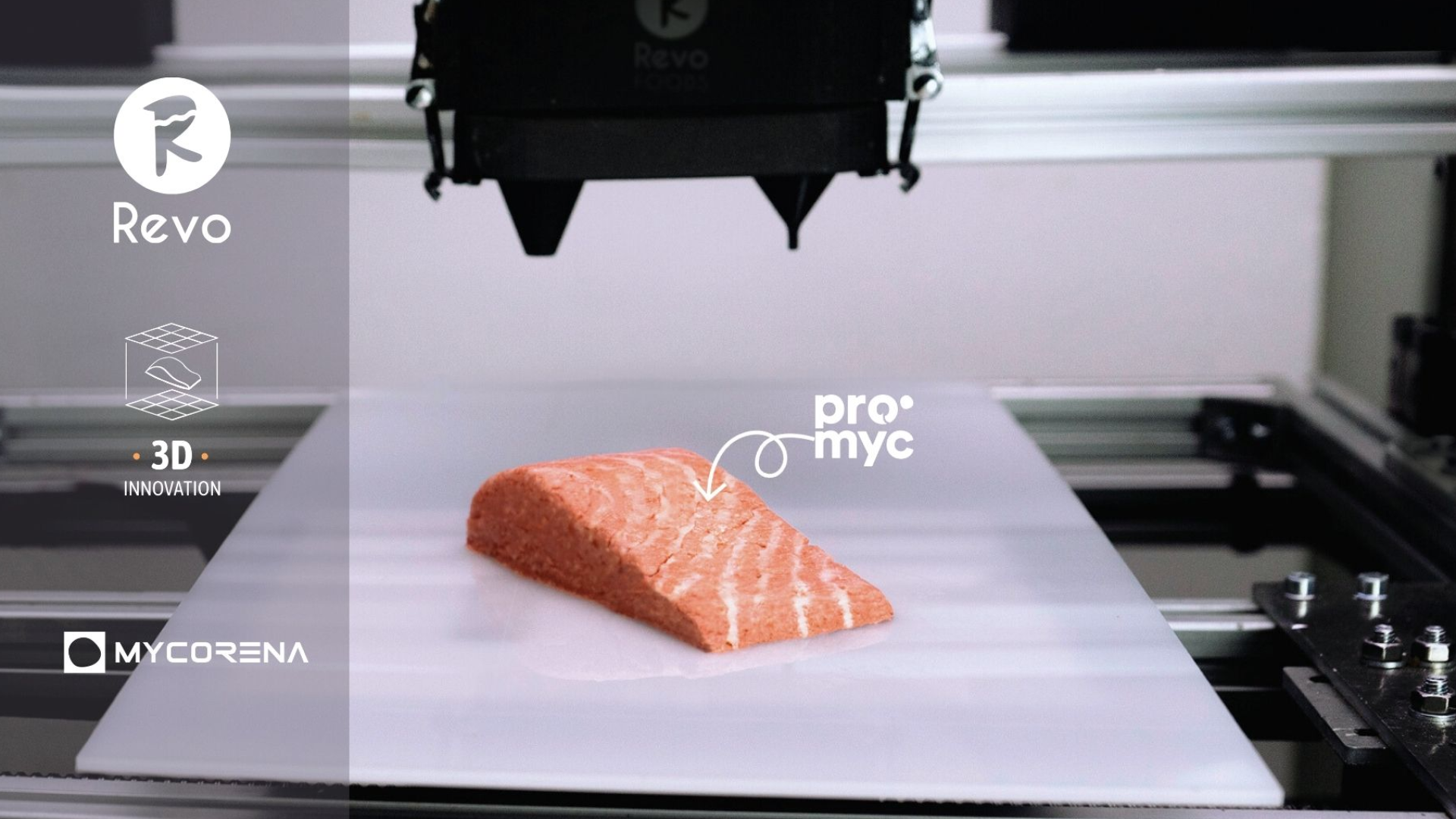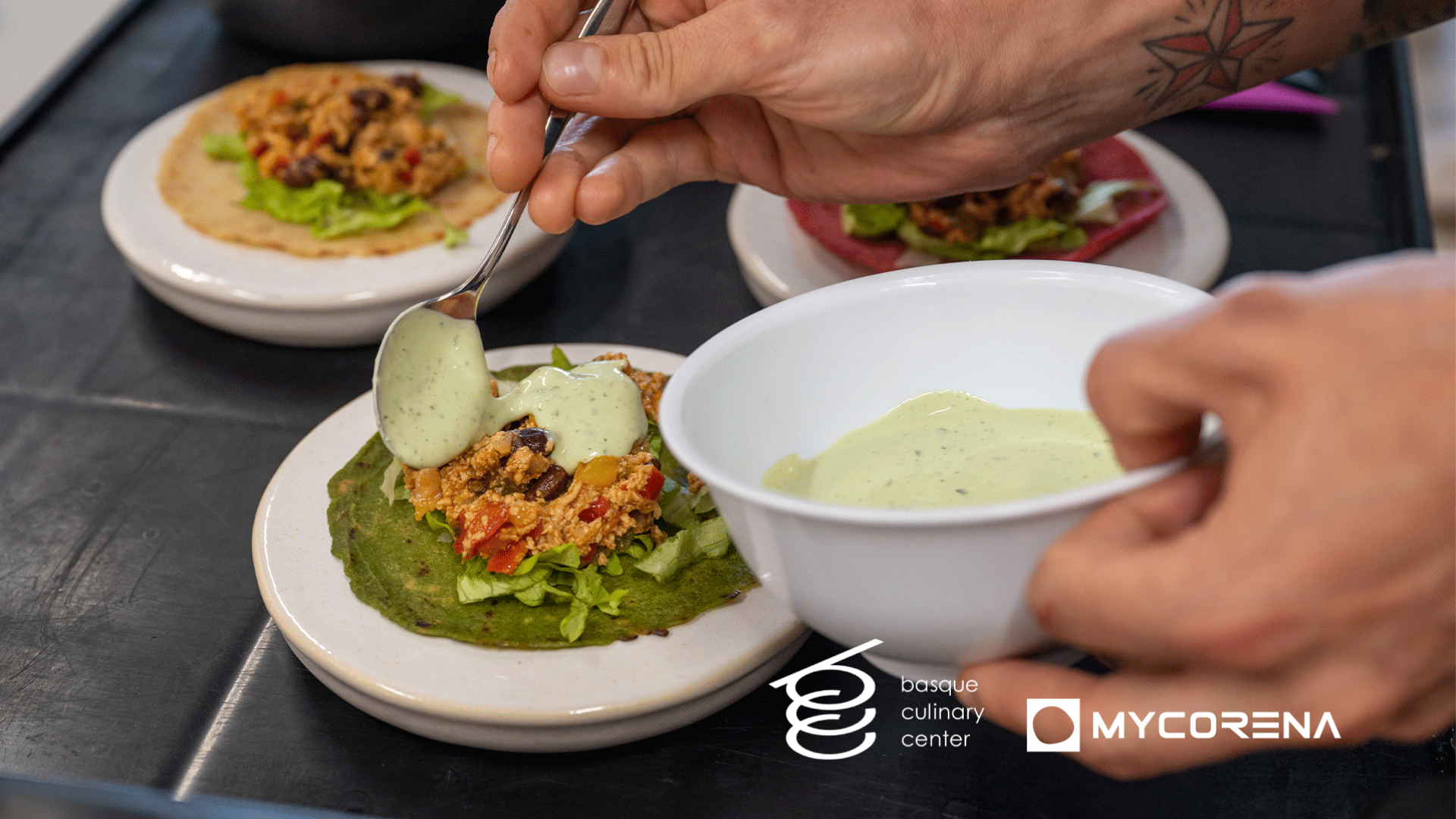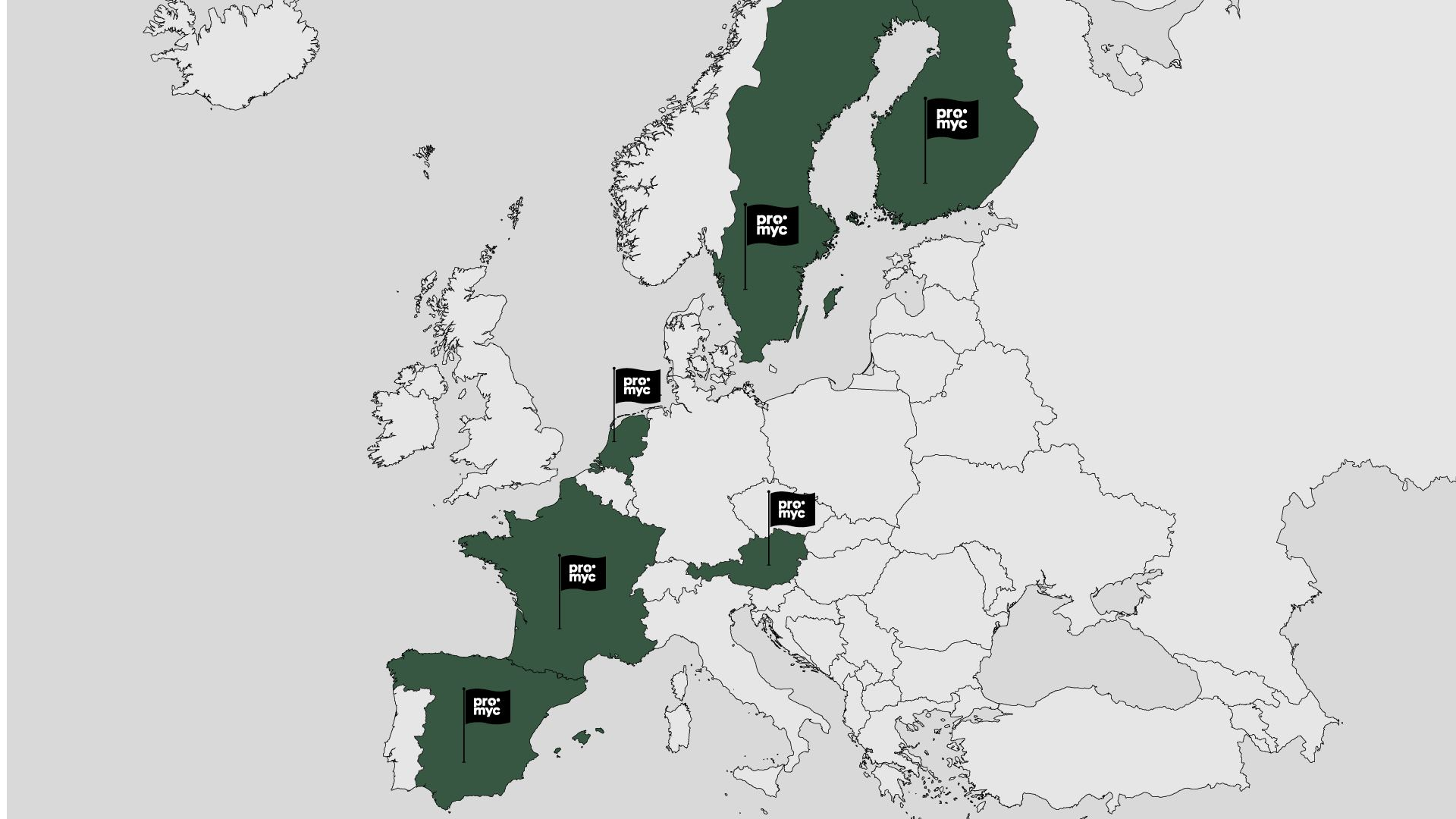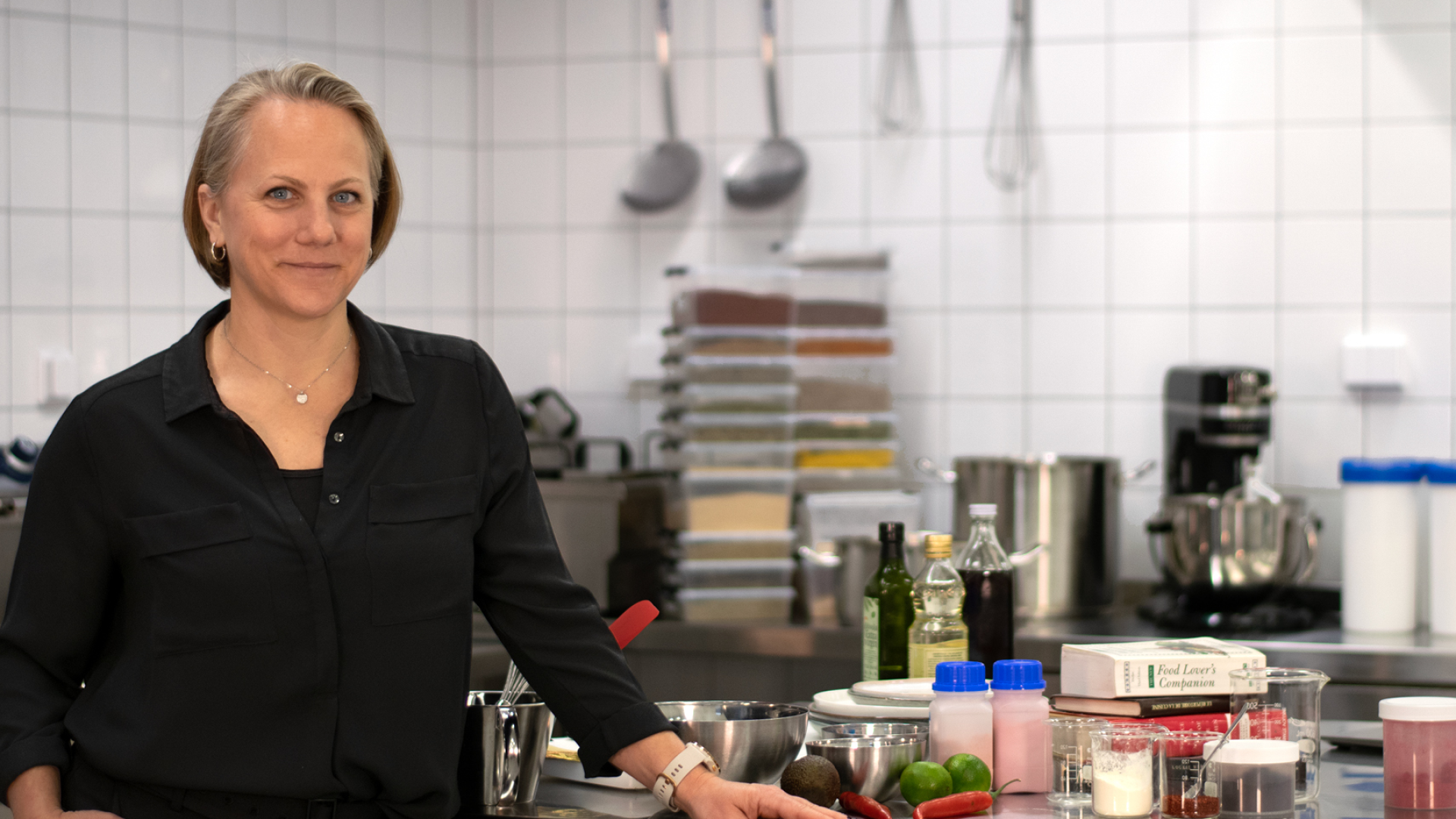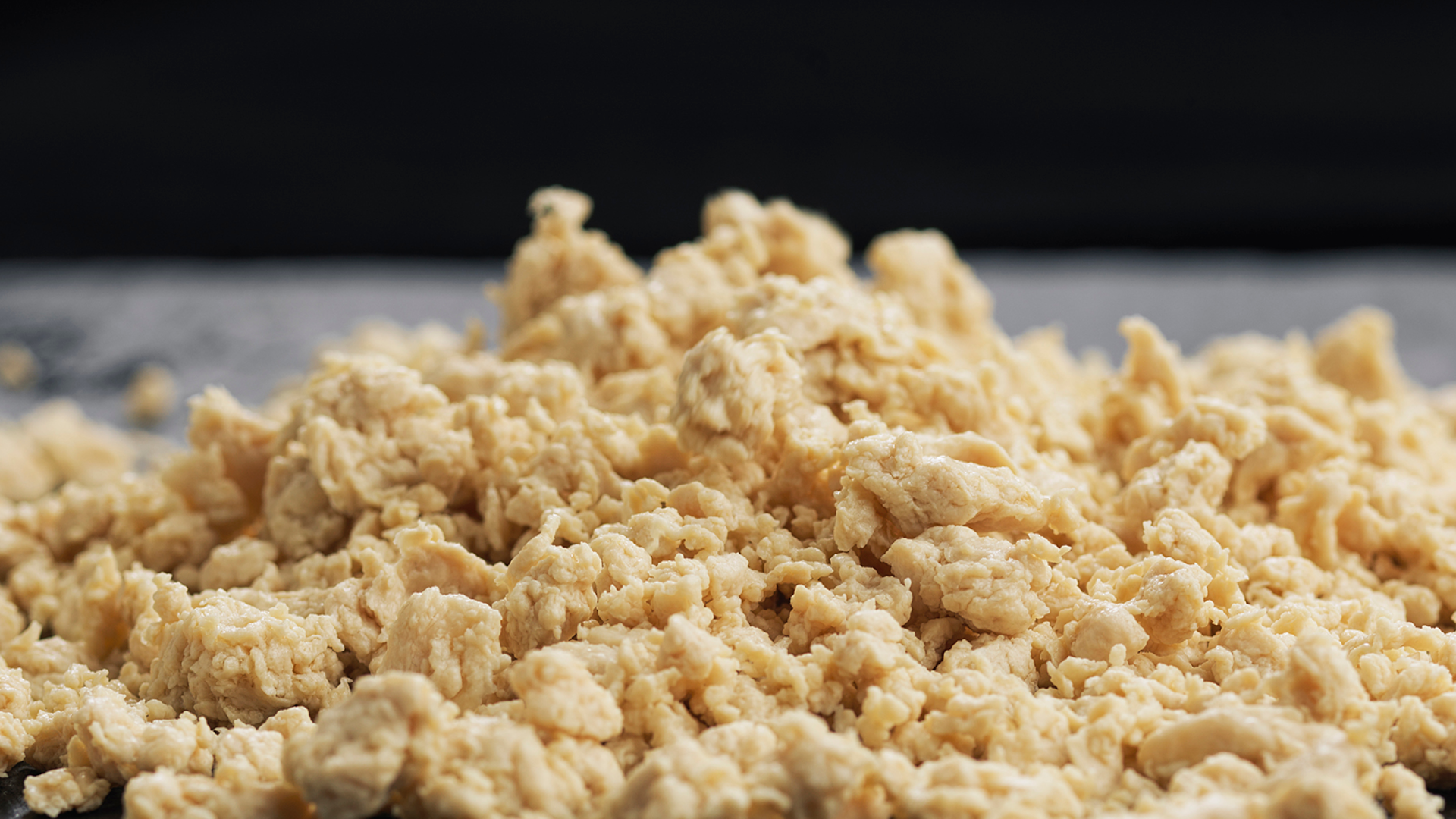The industrialization of food production is one of the great achievements of modern history, and it has created a situation where most of us rarely need to think twice about how nutrients move from the earth all the way into our bodies. Global food systems are incredibly efficient at moving goods from every corner of the world to our dining room tables, which is nothing short of amazing. But are there not two sides to every coin? As has been exposed by recent events, there may be unforeseen negative consequences to a globalized food industry that is optimized to deliver just the right amount of food at just the right time.
Introduction
The COVID-19 pandemic has sent large shockwaves through global economies. Many sectors are being dealt heavy blows due to sudden demand shocks, short-term shortages in the supply of labor, and tightening of international trade, just to name a few factors. A powerful spotlight has been aimed at the food industry, and many important questions about how we produce and consume food have been raised. This is not the least because the novel coronavirus originated, after all, in a live food market. As one commentator noted, “due to the global implications of the COVID-19 outbreak from a live Chinese food market, there could be ‘life or death’ implications on what food we eat, how we produce it and where we buy it.” Even though it is unclear where the current crisis will take the food industry, it is beyond doubt that consumer sentiments will shift even more in favor of healthy, sustainable food. A much more immediate observation is that significant debate has been raised about how regional food supply can be maintained despite the closing of borders and restrictions to imports and travel. In this article, we will contribute to the discussion by exploring the topic of food self-sufficiency. What is it? Why is it important? What are the important considerations to make in relation to crises such as the COVID-19 pandemic? How can we prepare ourselves for the future? These are some of the question we will attempt to answer.
Food Self-Sufficiency
According to the Food and Agriculture Organization of the United Nations (FAO), there are several definitions of food self-sufficiency that are applicable. The most basic of these is the extent to which a country can satisfy its food needs from its own domestic production.

This basic model is easy to grasp, but not necessarily the clearest definition that is available, as it does not capture effects from international trade. Total domestic production of food may well exceed total consumption, but if a majority of food produced is exported, self-sufficiency is not necessarily achieved. As per the FAO, a more practical way to think about food self-sufficiency is to express the percentage of foods consumed in terms of how much is produced domestically. This is known as the self-sufficiency ratio (SSR) and is defined as:
(Production x 100) / (Production + Imports – Exports)
It is possible to express production and consumption either in terms of monetary value or in terms of dietary needs. While the monetary argument is certainly important from an economic and policy point of view, we argue that the most important factor is the extent to which a country is self-sufficient with regards to calories and nutrients. People eat food, not euro and dollar notes.
The concept of food self-sufficiency is important because it has direct implications for a country’s or region’s ability to independently meet the dietary needs of its population, regardless of external circumstances. While it is certainly possible for countries with lower SSR to fully provide its inhabitants with the calories and nutrients it needs through high levels of import, distortions to trade can rapidly create large challenges for such countries. This is exactly why the current COVID-19 pandemic and ensuing restrictions to global flows of goods may create large negative consequences for countries with lower levels of food self-sufficiency. If international trade of foods is slowed down or even temporarily stopped, how can we ensure that populations all over the world have access to sufficient amounts of healthy food? Clearly, action must be taken to strengthen national and regional food self-sufficiency all over the world. At Mycorena, this action lies at the very heart of our vision and mission.
COVID-19 and International Food Self-Sufficiency
First, there are important aspects to consider with regard to international trade. To limit the spread of the novel coronavirus, governments have taken measures to restrict flows of goods, capital, and labor. As of now, the effects are most visible in the early parts of the supply chain. The shipping industry, carrier of 80% of world trade by volume, has been severely harmed by the pandemic outbreak. Travel has been restricted in multiple parts of the world and considering the rate at which extreme precautions are being taken, further quarantining of goods and people may soon be mandated. In sectors outside the food system, actors are reporting on a slowing down of imports due to lengthier processes at borders and customs, and similar effects are beginning to become visible within the food industry as well. Taking into account what we now know about the concept of food self-sufficiency, this paints a dim picture. With large obstacles in the way of international trade, the consequences for regional food supplies may be dire. A hypothetical albeit somewhat unlikely situation where increasing portions of shipments are quarantined at international harbors, logistics hubs and airports would immediately stress-test the ability of domestic producers to supply their inhabitants with sufficient amounts of food. Unfortunately, we fear that many would not live up to the challenge that such a test would pose.
Second, one needs to consider the effects of COVID-19 on national workforces. Of course, the ability to supply domestic food industries with labor is directly connected to food self-sufficiency. National food production will be severely hampered if people are not able to continue going to work as usual, which would temporarily increase the demand for imported food products. Precisely this situation is now slowly unfolding in front of us. In several parts of the world, mandated quarantines, limitations on gatherings, and social distancing campaigns have arguably led to severe difficulties in maintaining normal operations for labor-intensive sectors such as the food industry. Surprisingly, a similar effect has been created through restrictions on travel, as large parts of food supply chains are highly reliant on migrant labor.
These two effects work in tandem and will invariably affect one another. Decreases in the ability to domestically produce food will require that imports be increased as to ensure that national food consumption can be satisfied. Consequentially, sudden negative shocks to imports will put pressure on local manufacturing to fill the gap between supply and demand. The question, then, is what will happen if imports and domestic production will decrease at the same time – a situation that is not at all implausible given the current situation. The answer is that huge strains will be put on a country’s ability to provide its inhabitants with the nutrition they need to survive and thrive. Simultaneous labor shortages and restrictions to international trade may thus create a negative ‘double whammy’ effect for food self-sufficiency that could play out very seriously.
“Now is the right time to stop and think about how we can create a more resilient future food system”
Moving Forward
Without a doubt, the current COVID-19 pandemic creates massive challenges not only for global food industries but for international economies and markets as a whole. The first priority, beyond ensuring the health and safety of all people at the risk of infection, will be to take necessary measures to safeguard global trade and the provision of food for as many as possible. Thankfully, the newsfeed of late are full of encouraging stories covering people and organizations doing what they can to keep daily life afloat. Healthcare workers and providers of necessities are working tirelessly to alleviate the negative effects of the ongoing crisis, and the food sector have seen many innovations come about very quickly. Among other things, volunteers are helping to bring food to those most in need, and new initiatives to ensure a continuous supply of food have emerged. While this certainly injects some much-needed optimism into the discussion, now is the right time to stop and think about how we can create a more resilient future food system, where self-sufficiency is much less of an issue than it is today.
To ensure that food self-sufficiency can be improved all over the world, a few things need to happen. First, we need to find new production methods that are less dependent on external factors such as climate and weather. The emergence of techniques such as vertical farming and aquaponics are highly promising in this regard, as it enables sturdy, localized production of a wide range of crops and seafood. Similarly, novel techniques such as meat culturing and fermentation-based production of microbial proteins are further alternatives whose development should be helped in every conceivable way. Second, food production needs to become more decentralized so that a sustainable food supply can be maintained without great reliance on a small group of large producing countries. This is of course directly related to the first point, as centralization is undoubtedly caused at least partly by the fact that some crops and livestock can only be cultivated in certain climates and topographies. The development of novel production technologies will be crucial also in this regard, as many emerging food production technologies can be operated almost anywhere in the world, given that sufficient skill and competence for running operations can be accessed. Third, and perhaps most importantly, the correct regulatory conditions and consumer sentiments that support localized production need to be in place. While lesser reliance on global supply chains definitely seems to garner a high degree of support among both industrialists and consumers, some regulatory and policy obstacles still remain. This is clearly visible in Mycorena’s native country of Sweden, where many voices have raised concerns over the state of national food production and what governing bodies are doing to help. Our hope is that consumers, industry actors, and policymakers will all join forces in creating a future food system that is much better adapted to handling global crises such as the COVID-19 pandemic.
Mycorena and the Future of Food Self-Sufficiency
At Mycorena, we work every day to help shift global food industries into systems that are not only more sustainable, but also much more resilient to various shocks to production and trade. We develop Promyc® mycoprotein, a revolutionary food ingredient that has excellent nutritional quality, prolific culinary benefits, and countless application areas ranging from meat replacements to functional food ingredients and nutritional supplements. By utilizing the power of cutting-edge fermentation processes, we can produce Promyc using low-cost, abundantly available raw materials from local sources. Alternatively, it is possible to produce this same mycoprotein using underutilized resources from existing food processes in the form of byproducts and side streams from the food processing industries. As such, we can not only produce a sustainable and very healthy food product with excellent cost- and resource-efficiency, but also do it entirely independent of external factors such as climate, weather and topography. It contributes positively to the decentralization of global food systems, as the raw materials for production can be sourced from anywhere in the world. Most importantly, large-scale production of Promyc has the potential to greatly alleviate issues related to food self-sufficiency, as it can be operated anywhere in the world, providing healthy and locally produced dietary protein for everyone.
While we certainly hold a great deal of concern of what the COVID-19 pandemic is yet to bring, our optimism that something better will emerge on the other side is high. The crisis lays bare some of the fundamental flaws of our globalized supply chains, including our food systems, and it has the potential to act as a catalyst for accelerated change in the way we produce and consume food all over the world. We now urge everyone with a stake in the global food industry to think deeply about how we can create a sturdier food system of the future, and to seek every imaginable opportunity for driving its development forward.
Conclusions
The COVID-19 pandemic exposes crucial issues of many sectors, including the global food industries. One of the more pressing issues relates to food self-sufficiency, or the extent to which countries can satisfy consumption with domestic production. Amidst slowdowns in international trade and sudden shocks to national food manufacturing capabilities, food self-sufficiency has emerged as an important issue to address. We argue that technological development, decentralization of food production and shifts in consumer and policymaker sentiments are crucial success factors to future-proofing the food system, and urge food industry stakeholders all over the world to participate in creating a much-needed shift to making our industry more resilient.
Author:
Anton Johansson
IP & Finance Lead at Mycorena
